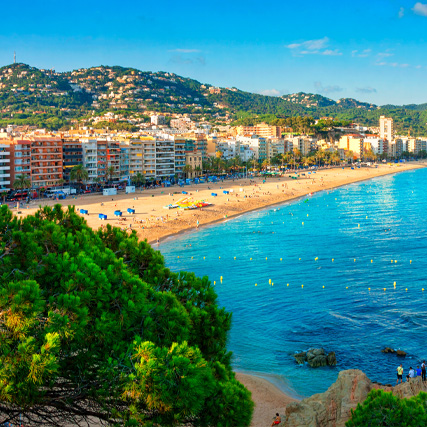
Discover the Charm of the Costa Brava
Lloret de Mar is one of the most popular tourist destinations on the Costa Brava, located in the province of Girona, Catalonia, Spain. Known for its dreamy beaches, vibrant nightlife, and rich history, Lloret de Mar attracts millions of visitors each year. In this article, we will delve into what makes Lloret de Mar such a special place, answer key questions about its surroundings, celebrations, and meaning, and provide a comprehensive guide to help you make the most of your visit.
What Towns Are Near Lloret de Mar?
Blanes: The Gateway to the Costa Brava
To the south of Lloret de Mar lies the charming town of Blanes, known as the “Gateway to the Costa Brava.” Blanes is famous for its spectacular botanical garden, Marimurtra, which houses more than 4,000 species of plants and offers stunning views of the sea. The town also features a beautiful beach, a seafront promenade, and a fishing harbor that is the heart of local life.
Tossa de Mar: A Medieval Treasure
To the north of Lloret de Mar is Tossa de Mar, a picturesque medieval town that looks like something out of a fairy tale. Its main attraction is the Vila Vella, a 12th-century walled enclosure that is the only one of its kind on the Catalan coast. Inside its walls, you will find cobbled streets, stone houses, and incredible panoramic views of the Mediterranean Sea. Tossa’s main beach, with its crystal-clear waters, is perfect for a relaxing day.
Vidreres: A Tranquil Retreat
A bit further inland, about 12 kilometers from Lloret de Mar, lies Vidreres, a town that offers a more peaceful and authentic atmosphere. Vidreres is known for its equestrian tradition and hosts several horse-related events throughout the year. It’s an ideal spot for those seeking a more rural experience and wishing to explore the nature surrounding the Costa Brava.
What to See in Lloret de Mar?
The Beaches of Lloret de Mar
Undoubtedly, the beaches are one of Lloret de Mar’s main attractions. Lloret Beach, the largest and most well-known, offers golden sands and crystal-clear waters, perfect for swimming and sunbathing. Fenals Beach, quieter and surrounded by nature, is ideal for those looking for a more relaxed spot. Other beaches like Cala Boadella and Cala Treumal are small hidden coves offering a more intimate and natural environment.
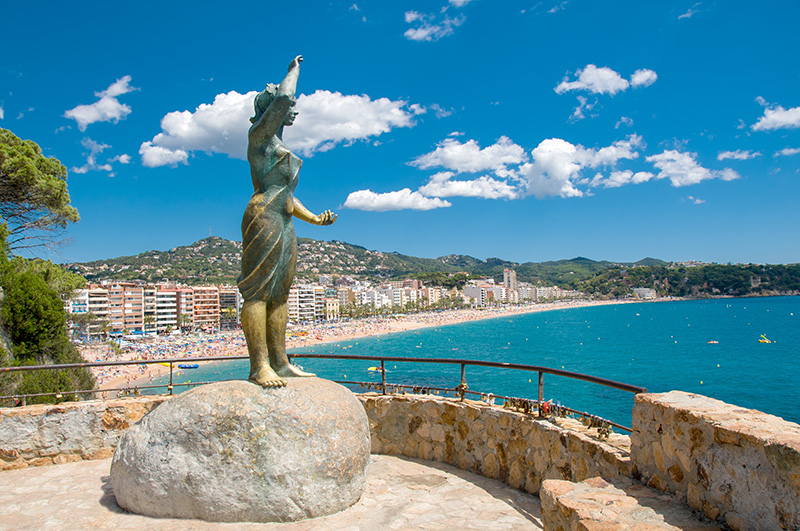
Santa Clotilde Gardens
Perched atop a cliff overlooking the sea, the Santa Clotilde Gardens are a perfect example of a Renaissance garden. With their terraces, statues, and fountains, these gardens offer a place of peace and beauty that contrasts with the bustling beach life. Walking along the cypress-lined paths is an unforgettable experience that transports you to another era.
Sant Joan Castle
Sant Joan Castle, located on a hilltop between Lloret and Fenals, is a testament to the region’s medieval history. Although only remnants of the tower and some walls remain today, the panoramic views from the castle are spectacular. This spot is perfect for history enthusiasts and outdoor walkers.
Sant Romà Church
In the heart of Lloret de Mar stands the Sant Romà Church, a unique example of Catalan modernist architecture with Gothic and Renaissance influences. Built in the 16th century, the church is notable for its colorful tiles and decorative elements, which are a blend of architectural styles reflecting the region’s rich cultural heritage.
Maritime Museum – Can Garriga
For those interested in Lloret de Mar’s maritime history, the Maritime Museum is a must-visit. Housed in a former Indianos mansion, the museum explores Lloret’s historical relationship with the sea, from fishing to emigration to America and maritime trade. It’s a fascinating place that offers a deep perspective on how the sea has shaped life in Lloret de Mar over the centuries.
Monument to the Seafarer’s Wife
The Monument to the Seafarer’s Wife is an iconic statue that represents a woman gazing out to sea, symbolizing the wait for loved ones who departed on ships. This monument is a tribute to the wives and mothers who awaited the return of sailors. From its location, you can enjoy breathtaking panoramic views of the coast.
Modernist Cemetery of Lloret de Mar
The Modernist Cemetery of Lloret de Mar is another place of interest, especially for those who appreciate architecture and art. Designed by the architect Puig i Cadafalch, this cemetery is an example of Catalonia’s rich modernist tradition. The intricately decorated tombs and mausoleums tell the stories of Lloret’s wealthy families who made their fortunes in America.

When Is the Lloret de Mar Festival?
Santa Cristina Festival
The Santa Cristina Festival is Lloret de Mar’s most important celebration and takes place annually around July 24th. This festival honors Santa Cristina, the patron saint of Lloret, and is celebrated with a series of traditional events including processions, masses, sports competitions, and fireworks displays.
One of the highlights is the maritime procession in which the image of Santa Cristina is carried from the church to the hermitage that bears her name, located on the beach. Fishermen and locals accompany the image in decorated boats, creating a visually spectacular scene. The day culminates with a llaguts (traditional boats) regatta and a popular meal at the hermitage.
Lloret de Mar Carnival
Another major festivity in Lloret is Carnival, celebrated in February. Lloret de Mar’s Carnival is one of the most famous on the Costa Brava, known for its colorful parades, extravagant costumes, and vibrant festive atmosphere. The streets fill with floats, music, and dance, and both locals and visitors actively participate in the celebrations.
Sant Romà Festival
In mid-November, Lloret de Mar celebrates the Sant Romà Festival, another traditional festivity in honor of the town’s patron saint. During this celebration, the town revives its oldest traditions with medieval fairs, craft markets, musical performances, and religious events. It’s an ideal time to discover the more cultural and authentic side of Lloret.

What Does Lloret de Mar Mean?
The name “Lloret de Mar” has an interesting etymology that reflects its historical connection with nature and the sea. The word “Lloret” comes from the Latin “Lauretum,” meaning “place of laurels.” This suggests that in ancient times, the area was covered with laurels, a type of tree common in the region. “De Mar” was later added to indicate the town’s coastal location.
The name as a whole can therefore be interpreted as “the place of laurels by the sea,” a poetic description that captures the natural and maritime essence of this beautiful Costa Brava town.
Exploring the Natural Surroundings of Lloret de Mar
Coastal Paths
One of the best ways to explore the natural surroundings of Lloret de Mar is through the Coastal Paths (Caminos de Ronda), ancient trails that follow the coastline offering impressive views of the Mediterranean Sea. These paths, once used to patrol the coast against pirates, are now popular hiking routes that connect various coves and beaches.
Montseny Natural Park
A short drive from Lloret de Mar is Montseny Natural Park, a UNESCO Biosphere Reserve. This park offers a wide variety of landscapes, from lush forests to mountain peaks, and is a perfect destination for nature lovers and hikers. From Lloret, day trips can be organized to enjoy the tranquility and natural beauty of Montseny.
Outdoor Activities
Lloret de Mar is an ideal place to engage in a wide range of outdoor activities. In addition to hiking, visitors can enjoy water sports such as snorkeling, kayaking, and paddle surfing in its clear waters. For the more adventurous, options like skydiving and scuba diving allow you to explore the coast from a completely different perspective.

Botanical Gardens
In addition to the Santa Clotilde Gardens, near Lloret de Mar are other botanical gardens worth visiting, such as the Pinya de Rosa Gardens and the Marimurtra Gardens in Blanes. These gardens offer a rich collection of Mediterranean and subtropical flora and are a haven of peace and natural beauty, perfect for a leisurely stroll.
Enjoying Local Cuisine
Typical Dishes of Lloret de Mar
The cuisine of Lloret de Mar is deeply influenced by its coastal location and history. Fresh seafood and fish take center stage in many local dishes. Some of the most typical include “suquet de peix” (a fish stew), “fideuà” (similar to paella but made with noodles instead of rice), and “grilled prawns.” These dishes can be enjoyed at the numerous restaurants and beach bars that line the coast.
Wines and Local Drinks
The Catalonia region is also famous for its wines, and Lloret de Mar is no exception. Wines from the DO Empordà are very popular and are characterized by their freshness and intense flavor, perfect for pairing with a seafood meal. You must also try “Cava,” the Catalan sparkling wine, which is perfect for toasting on any occasion.
Local Markets
For those interested in local gastronomy, a visit to the Lloret market is a must. Here, you can find fresh products from the region, from fruits and vegetables to freshly caught fish and seafood. It’s an excellent place to immerse yourself in local life and perhaps pick up some ingredients for a homemade meal.
Nightlife and Entertainment in Lloret de Mar
Bars and Clubs
Lloret de Mar is famous for its vibrant nightlife, attracting young people from all over Europe. The city boasts a large number of bars, clubs, and pubs that offer entertainment late into the night. The biggest clubs, such as Tropics and Colossos, are known for their themed parties and international DJs.
Shows and Cultural Events
In addition to nightlife, Lloret de Mar offers a variety of cultural events throughout the year, including concerts, flamenco shows, and theatrical performances. These events provide an opportunity to enjoy the rich Spanish and Catalan culture while visiting the city.
Casinos and Other Entertainment Options
For those seeking a night of glamour, the Gran Casino Costa Brava is an excellent choice. This casino, one of the largest in the region, offers a wide range of games of chance, from roulette to poker, as well as high-quality restaurants and bars.
Tips for Visiting Lloret de Mar
Best Time to Visit
The best time to visit Lloret de Mar depends on what you’re looking for. If you prefer to avoid the crowds and enjoy milder weather, the spring months (April to June) and autumn (September and October) are ideal. However, if your goal is to enjoy the sun and nightlife, summer is the peak season when the city is at its liveliest.
How to Get There
Lloret de Mar is well-connected by both road and air. The nearest airport is Girona-Costa Brava Airport, about 30 kilometers away, and Barcelona-El Prat Airport, about 90 kilometers away. From both airports, there are bus services and car rental options to reach Lloret. It’s also possible to take a train to Blanes and then a bus to Lloret.
Accommodation
Lloret de Mar offers a wide range of accommodation options, from luxury hotels to apartments and campsites. Most hotels are located near the beach and city center, making it easy to access the main attractions. For those who prefer a vacation apartment, at SmartRental we offer SmartR Lloret de Mar, with a pool and the best services.
Need more information? Contact us at:
+34 910 284 776
Book online here >

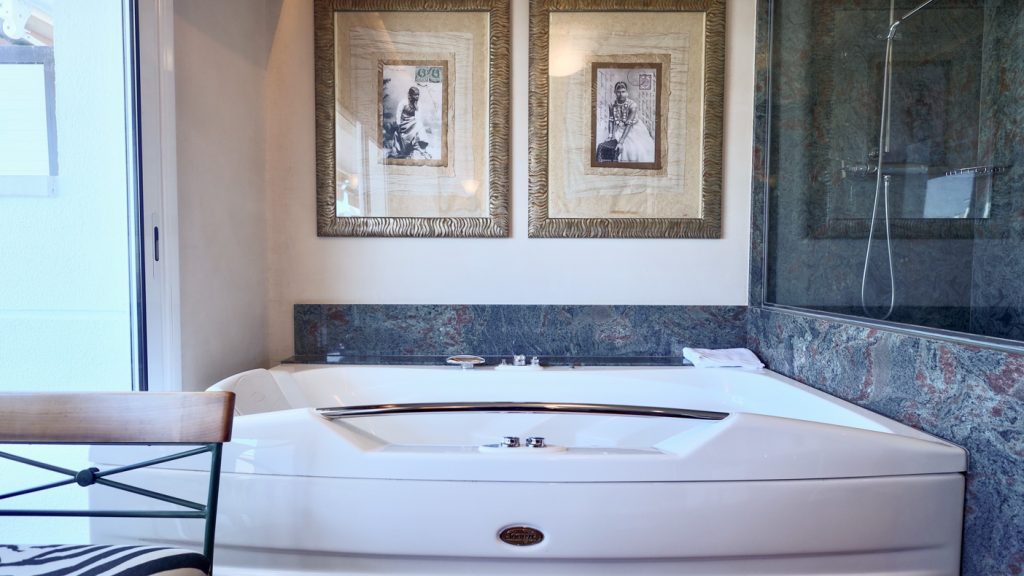
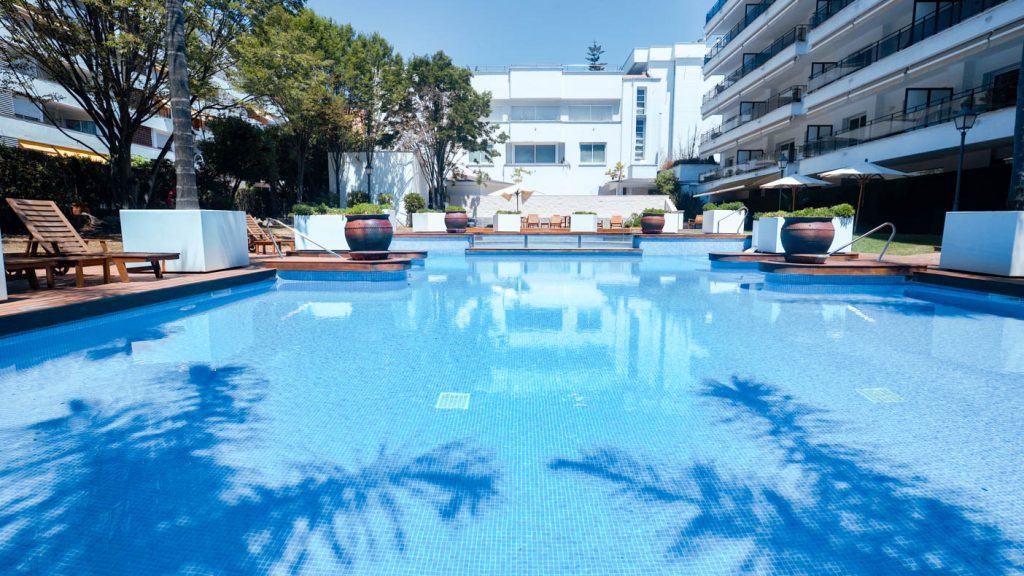
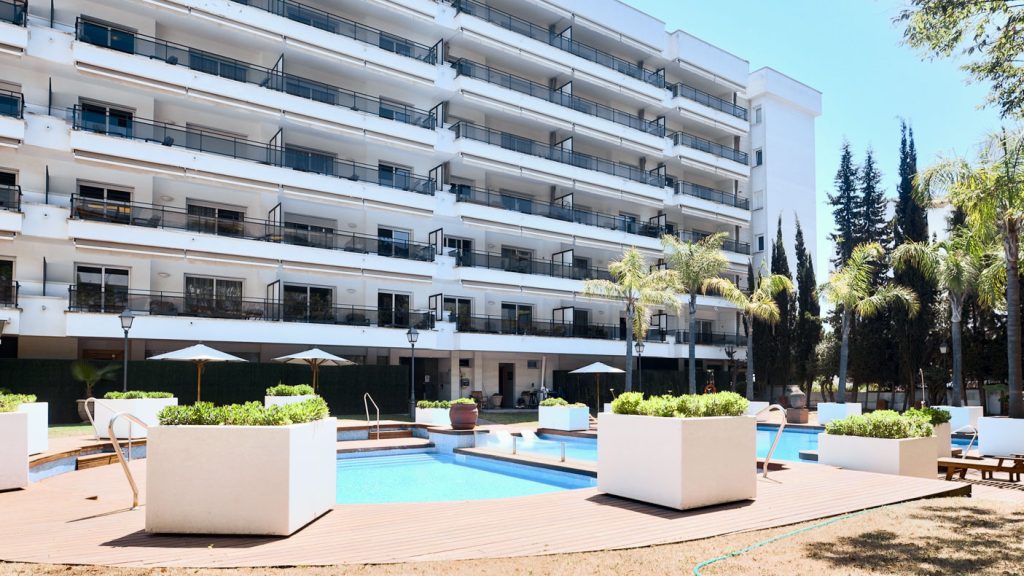
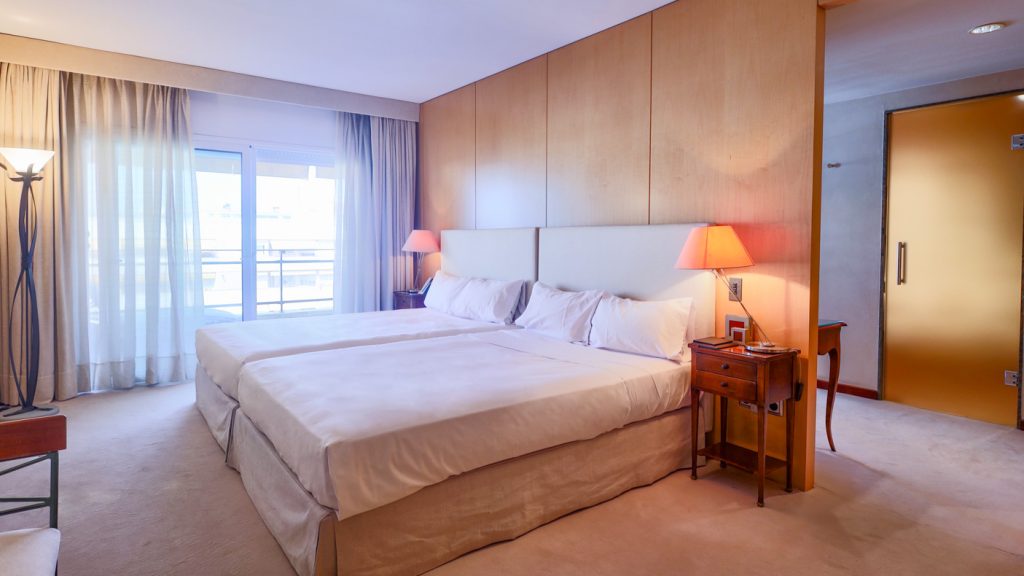

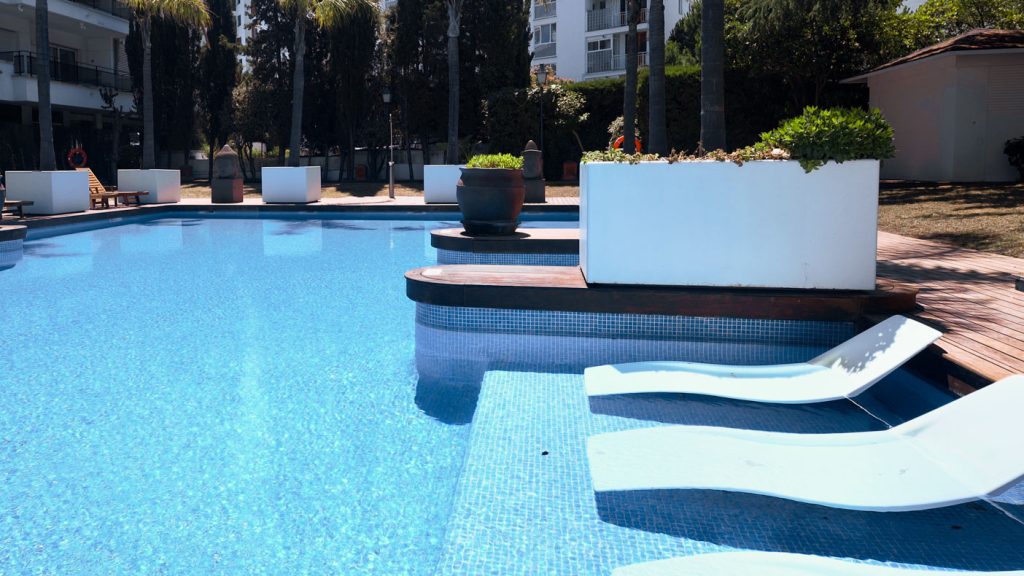
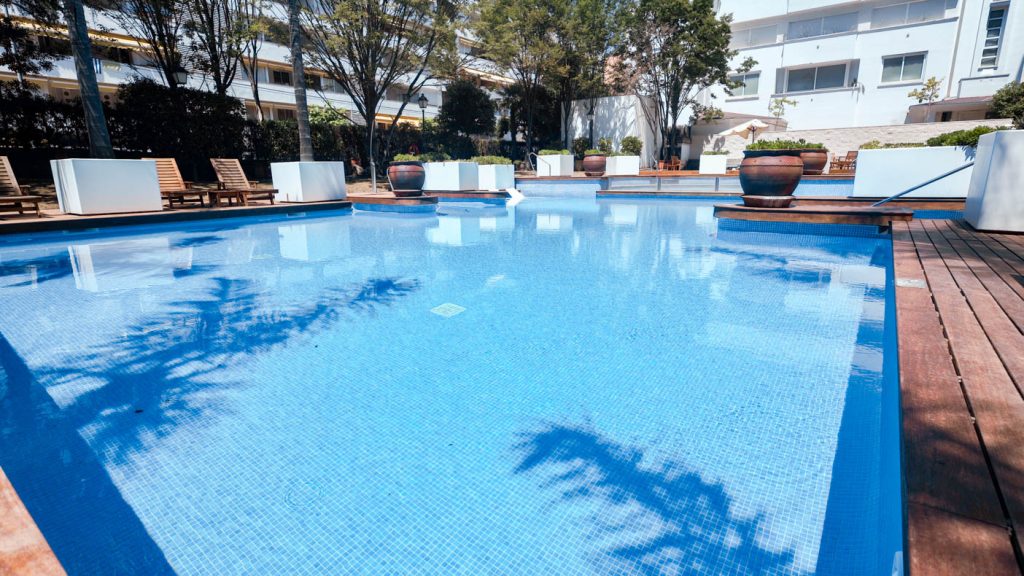
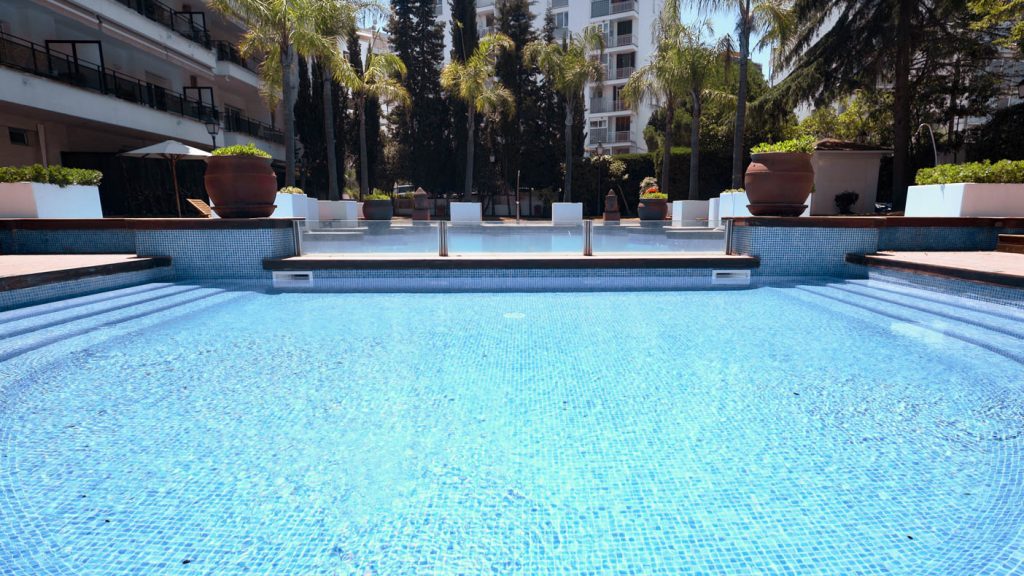
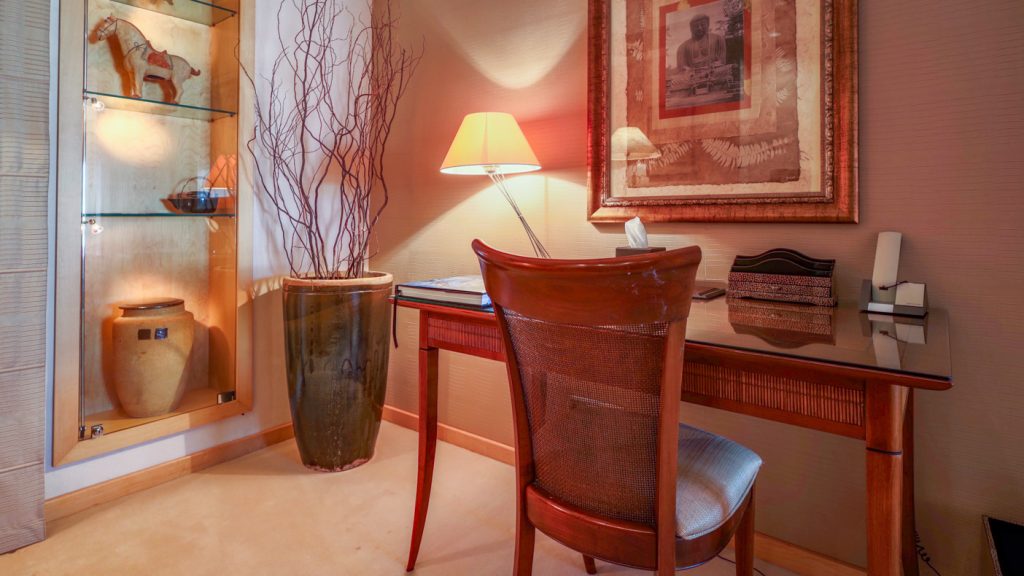
Lloret de Mar is a destination that has it all: spectacular beaches, rich history, vibrant nightlife, and a wide variety of cultural and natural activities to enjoy. Whether you’re looking for a relaxing beach vacation, a cultural adventure, or simply want to enjoy the vibrant atmosphere of the Costa Brava, Lloret de Mar has something to offer everyone.